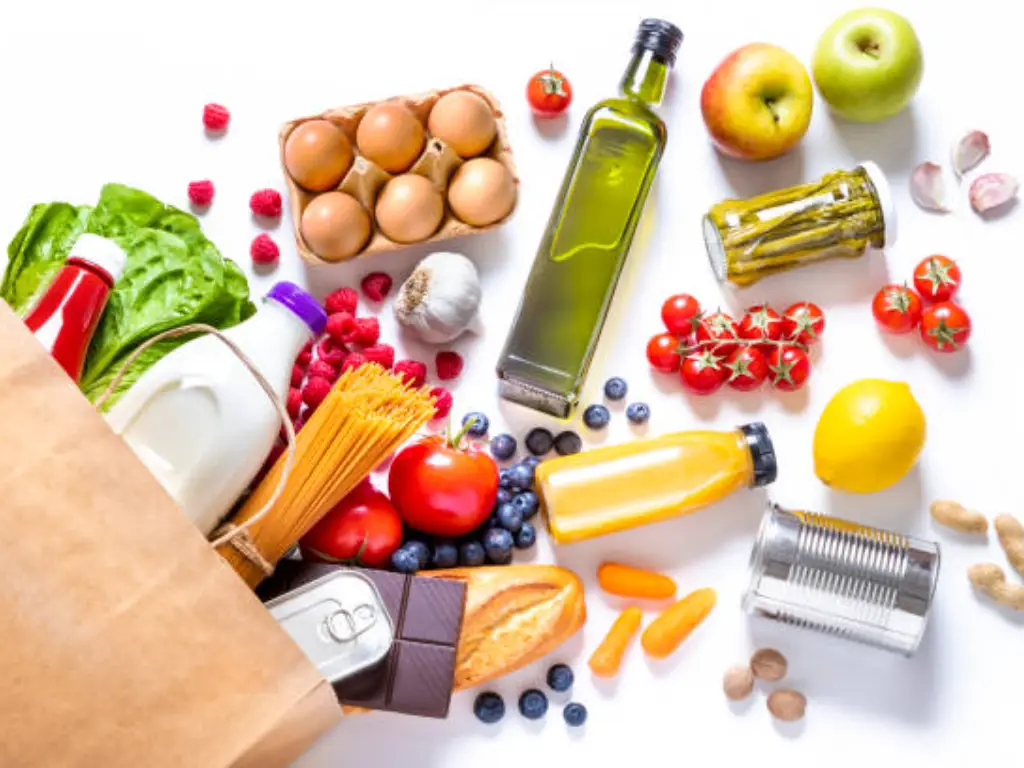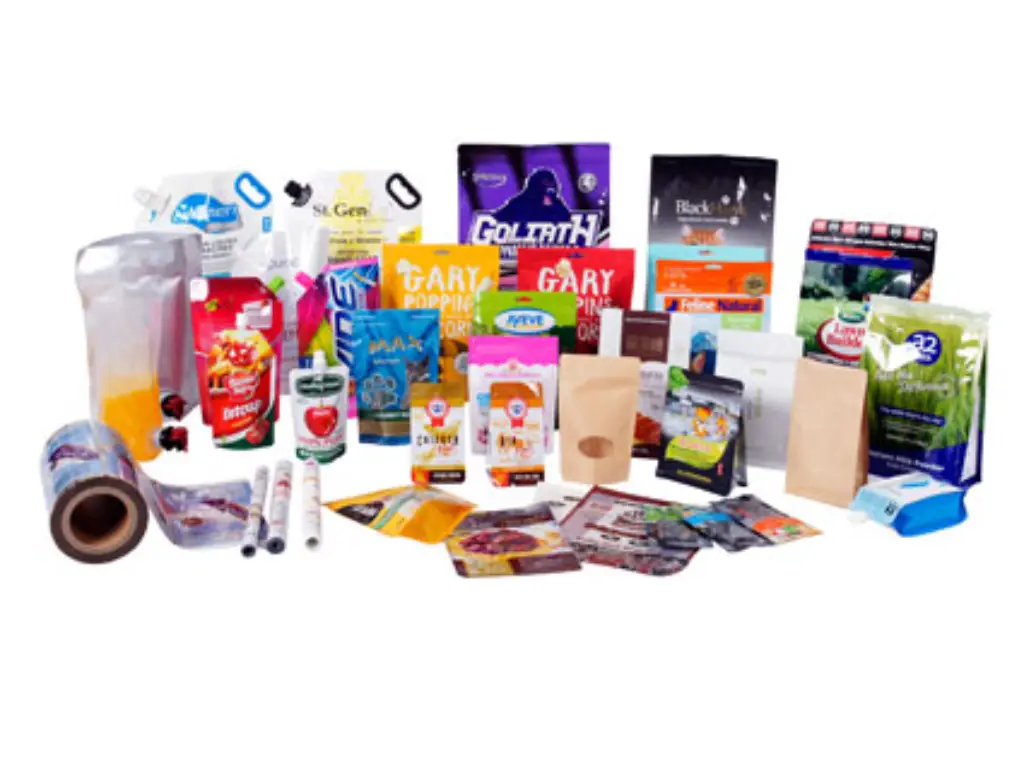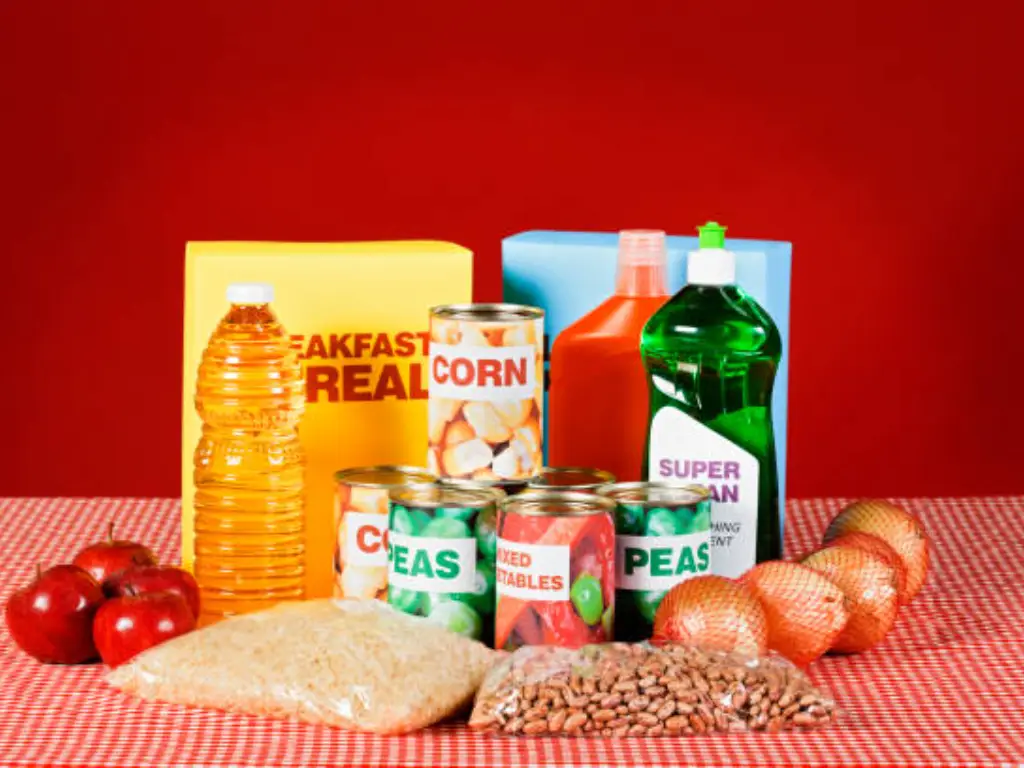Introduction
In the current competitive environment, in which consumer goods are sold, more than ever, packaging is not merely a container; it is a strategic element with direct effects on product protection, brand perception, supply chain performance, and environmental effects. There are two main forms of rigid packaging and flexible packaging, which are often utilized in various sectors and to suit diverse applications, having different advantages and limitations. This is crucial to understanding what the main features, advantages, and tradeoffs of these two types of packaging are so that businesses that ensure optimal performance, minimize costs, and meet sustainability objectives can learn about the most prominent types of packaging. This paper is a detailed comparison of the efficiencies of rigid and flexible packaging to assist in making informed decisions relative to product requirements, market requirements, needs, and operational priorities.
What Is Rigid Packaging?
Rigid packaging is the form of packaging that takes a fixed shape despite any external pressure or condition of the product contained inside it. They are usually in the form of glass bottles, metal cans, plastic bottles, paperboard boxes, and cereal boxes. These are usually constructed of hard plastics, glass, cardboard, or aluminum, having high structural qualities and mechanical security.
Rigid containers have wide applications in the food industry, pharmaceuticals, and cosmetics, especially where there is a need to ensure product stability, product tamper resistance, and good visual noticeability. They are compatible with automatic filling machines as well as being resistant to deformation, hence their reliability during shipping, storage, and retail handling.

What Is Flexible Packaging?
Flexible packaging is composed of materials of such nature that they can be eased or shaped depending on the shape of a product without snapping. Common examples are flexible pouches, films that have undergone lamination, wrapping foil (wrappers), and plastic bags, and these are constituted of flexible packaging material, such as polyethylene, polypropylene, and multi-layer foils.
Flexible packaging is known to be lightweight in construction and space economy, which is why it has been common in the food products, beverages, pharmaceuticals, and cosmetics industries. It provides protection, customization, and cost-saving, and fits the needs of the market in terms of sustainability and reduced packaging waste.
Benefits and Drawbacks of Rigid Packaging
The hardness of the packaging has been another habitual alternative in most industries due to its protection and strong brand presentation. However, it has certain disadvantages, including cost and sustainability. It could be evaluated fairly by its key strengths and weaknesses as follows:
Benefits:
- ● Excellent structural integrity: The structure of the packaging materials is hard, and they are not easy to break since they are made of rigid materials such as hard plastic, glass, and metal. This is particularly important in sensitive foodstuffs, drugs, and cosmetics that should be provided with utmost protection in terms of transportation and handling.
- ● Consistent product shape and stackability: It is not only shape retention that makes rigid containers ideal containers to use on shelves, but also when stacking. Stacking on pallets improves logistics and visual order in retail stores.
- ● Premium shelf appeal: Rigid formats can be used to incorporate top-end print finishing, embossing, and special mouldings. This encourages product differentiation and brand image, especially in high-end products.
- ● Compliance and safety features: Rigid containers can be treated much more easily and can be combined with tamper-evident systems, ensuring they are ideal in terms of compliance and safety, especially in sensitive applications such as drugs and drinks.
Drawbacks:
- ● Higher production and material costs: Glass, metal, and rigid plastic packaging tend to be more expensive to produce. The packaging cost per unit also swells because of the complexity of the construction of rigid containers.
- ● Increased shipping volume and weight: Because of their inflexible design and heavier materials, the rigid packaging may incur high logistic costs and lower the efficiency of truckloads.
- ● Environmental impact concerns: Most rigid packaging, and particularly hard plastics and glass, have a lower recycling rate and greater carbon emissions than flexible packaging. This causes questions about sustainability.
Benefits and Drawbacks of Flexible Packaging
The flexible packaging is rising successfully in the global packaging industry because of its lightweight and material efficiency. Although it has several benefits in terms of its operations, it might not be the most appropriate type of package to use with products that need heavy protection or positioning, such as premium products.

Benefits:
- ● Lightweight and material efficient: Flexible packaging is more material efficient, which leads to less waste and transportation costs. This is particularly beneficial to high-loading deliveries and international logistics.
- ● Space-saving design: Laminated films and flexible pouches can conform to the shape of the product, and as a result, products can be packed into much smaller packages and utilize storage space more efficiently throughout the entire supply chain.
- ● Enhanced consumer convenience: Functional features, such as easy tear notches, spouts, and a resealable zipper, make it more convenient and easier to use. This format also supports portion control and single-use packaging needs.
- ● Strong barrier properties: Multilayer flexible materials- e.g., foil laminates- can be very good barriers to moisture, light, and odors. This plays an important role in food preservation, shelf life, and the quality of the products.
Drawbacks:
- ● Reduced structural protection: Compared to rigid containers, flexible packaging offers less mechanical resistance. This can lead to challenges in product protection, stacking, and automated handling.
- ● Limited recyclability: Most flexible packaging solutions consist of multilayer films that are difficult to separate in the recycling process, which affects their environmental impact.
- ● Weaker shelf presence: The quality of printing has been raised, but the flexible formats, as a rule, do not have the same tactile and visual density as the rigid packaging; this may restrict the use of flexible formats in the premium branding context.
Head-to-Head Comparison: Rigid vs Flexible Packaging
The decision of rigid vs flexible packaging is not only a choice and that is it; there are a variety of reasons that include costs, the nature of the product, regulatory requirements, and consumer demands that influence this decision. To assist you in understanding which format might best suit your application, the table below presents a side-by-side comparison of the major areas of performance:
| Criteria | Rigid Packaging | Flexible Packaging |
| Structural Integrity | Strong, impact-resistant, ideal for fragile goods. | Less protective, prone to deformation. |
| Material Efficiency | Higher material use, heavier, and bulkier. | Lightweight, minimal material use. |
| Shipping & Logistics | Increases transport and storage costs. | Cost-effective, space-saving. |
| Branding & Shelf Appeal | Premium look, supports complex shapes. | Improved visuals, but less shape and tactile appeal. |
| Cost | Higher production and shipping costs. | Lower manufacturing and scalable for mass production. |
| Environmental Impact | Higher footprint, recycling challenges. | Lower footprint, but multilayers limit recyclability. |
| Use Cases | Best for beverages, pharma, and premium goods. | Ideal for snacks, single-serve, convenience items. |
| Adaptability | Less flexible, costly to change formats. | Highly adaptable across sizes and formats. |
How to Decide: Key Factors in Choosing Your Packaging Type
The choice between rigid vs flexible packaging is not a design decision; it is a strategic decision, with implications on protection, cost, sustainability, and user experience. The following are the main criteria that you ought to consider:
- ● 1. Product Form and Physical Properties
Rigid containers are suitable when carrying liquids, delicate goods, or products that need to be in airtight containers, like pharmaceutical products, beverages, or even delicate food products. Conversely, lightweight, dry or flowable products (such as snacks, powders or granules) usually tend to be more appropriate in flexible packaging solutions because of their shape flexibility and material economy.
- ● 2. Market Positioning and Cost Targets
When your product is high-end or niche, the perception of value and shelf impact can be enhanced by rigid formats, i.e., glass bottles, breakfast cereal boxes, or embossed cartons. On the contrary, flexible packaging offers a great cost advantage, particularly on products that are competitive and price-sensitive. The packaging should be of the type that matches your brand’s pricing policy.

- ● 3. Supply Chain and Storage Efficiency
If people are worried about the space occupied by truckload optimisation, warehouse area, or shelf density in retail, then flexible formats do have obvious benefits with their lightweight yet space-saving qualities. Although rigid packaging is protective, it tends to take up more space and may even raise logistics and shipping expenses, particularly when it comes to low-margin products.
- ● 4. User Interaction and Functionality
Think about how customers will use your product. For single-serve, on-the-go use, flexible pouches with spouts or resealable features offer both convenience and portability. Rigid formats may be preferred when reusability, dispensing control, or a premium tactile experience is required—important for cosmetics or food jars.
- ● 5. Regulatory and Safety Compliance
Industries like pharmaceuticals and food products demand strict adherence to safety, traceability, and packaging material compliance. Rigid plastic packaging often better supports tamper-evidence, serialization, and contamination protection. However, advances in flexible packaging materials are closing this gap in certain applications.
- ● 6. Packaging Line Compatibility
The decision should be able to match your production capacity, also. Stiff containers are suitable for high-speed filling and scripted applications, but they need more space in equipment. More versatile and faster changeovers are usually offered by flexible packaging machines, an advantage when production runs are short or when there is a wide range of SKUs.
- ● 7. Sustainability and End-of-Life Strategy
Environmental goals play an increasingly central role. Flexible packaging typically offers less waste, fewer raw materials, and a smaller carbon footprint during transport. However, its recyclability can be limited, especially in multi-material laminates. Rigid packaging—while heavier—often supports easier recycling, especially when using cardboard, glass, or metal cans.
Conclusion
Rigid vs flexible packaging is not only a technical decision, but it is also a business decision that will show priority in terms of product safety, consumer image, operational and environmental risks.
Stiff packaging is a good alternative when durability, branding, and product protection are a top priority. In the meantime, flexible packaging can be advantageous in terms of cost, sustainability, and adaptability, particularly in industries that want leaner supply chains and modern design.
Both formats are still innovating in the current changing global packaging market. Your product and its special needs, as well as the long-term objectives of your brand, will determine the most appropriate packaging solution. Informed decisions can increase not only the user experience but also bring measurable value throughout the product lifecycle.

Baishen Pack: Your Trusted Partner in Premium Flexible Packaging
Since 2012, Baishen Pack has empowered global brands with high-quality custom flexible packaging. We specialize in food-grade, FDA/SGS/ISO certified materials, ensuring product safety and compliance. Leveraging advanced HP Indigo digital printing, we achieve up to 97% PANTONE® color matching for stunning shelf appeal. Our industry-leading turnaround delivers digital print orders in just 7-10 business days – significantly faster than competitors. With flexible MOQs starting at 500 units, we support all scales. Our rigorous in-house QC, including comprehensive barrier and durability tests, guarantees superior moisture, oxygen, and puncture resistance. Choose Baishen Pack for ultimate product protection, extended shelf life, and a decisive market advantage.

